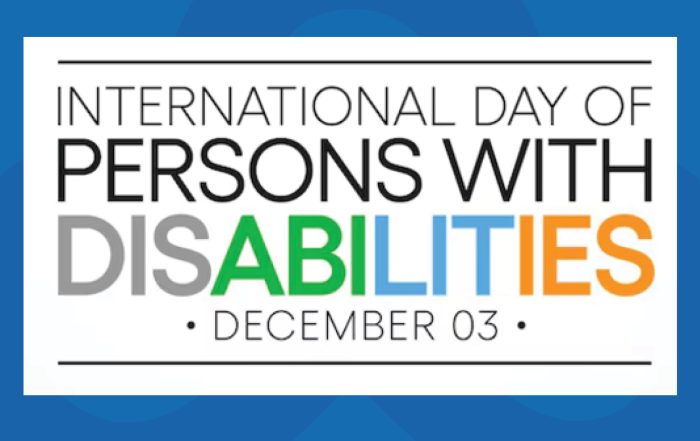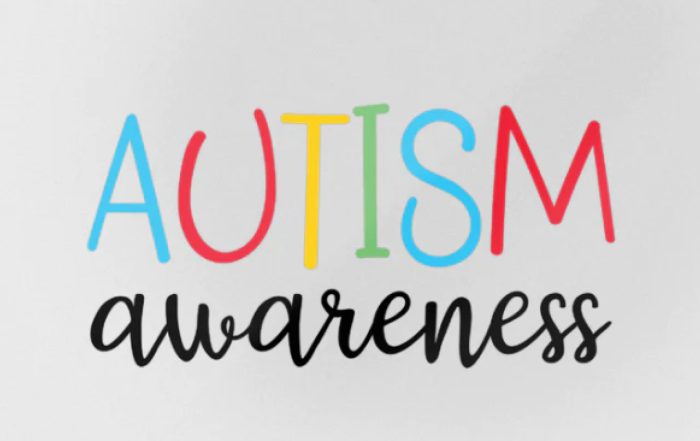This is the time of year where we are all back in school or trying new programs to fill the days of disabled individuals with learning and fun. Unfortunately, bullying can begin during this time as well for all, including the intellectually and developmentally disabled person.
Bullying is unwanted, aggressive behavior that involves a real or perceived imbalance of power. The aggressive behavior is repeated, or has the potential to be repeated, over time.
There are three distinct types of bullying:
- Physical
Physical bullying involves hurting a person’s body or possessions. Physical bullying includes hitting/kicking/pinching, spitting, tripping/pushing, taking or breaking someone’s things, and making mean or rude hand gestures.
- Verbal
Verbal bullying is saying or writing mean things. Verbal bullying includes teasing, name-calling, inappropriate sexual comments, taunting, and threatening to cause harm.
- Social
Social bullying, sometimes referred to as relational bullying, involves hurting someone’s reputation or relationships. Social bullying includes leaving someone out on purpose, telling other children not to be friends with someone, spreading rumors about someone, or embarrassing someone in public.
Verbal and social bullying also can come in the form of electronic aggression (e.g., cyberbullying using the Internet or cell phones). It can include threatening, embarrassing, or insulting emails, texts. Many IDD individuals are unable to discern that they are being made fun of and enjoy the attention. It is important in this instance to make sure that they understand positive versus negative attention and that should seek out those who are kind and walk away from those who are not. It is also important to teach disabled individuals that no one ever put their hands on their body in any aggressive way.
Bullying is hard and can hurt emotionally, so it is important to build up the individual’s self-esteem and help them learn to understand the difference between friends and bullies.






